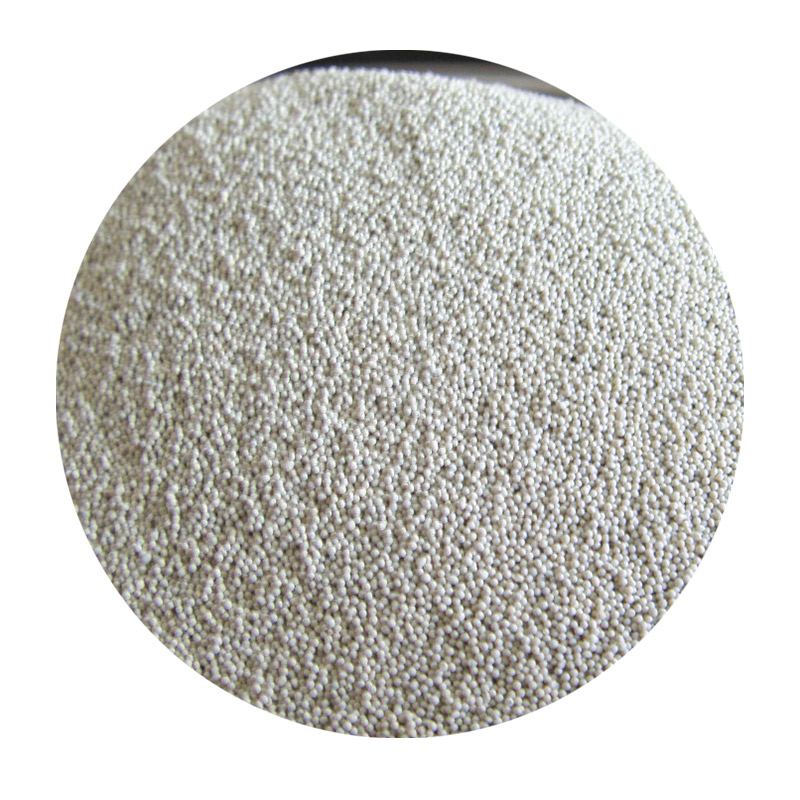The Type of Sand Used for Sand Casting
Sand casting is one of the oldest and most versatile manufacturing processes used in metalworking. It involves creating a mold from sand to pour molten metal into, allowing for the production of complex shapes and sizes. The type of sand used in this process significantly influences the quality and characteristics of the final product. In this article, we will explore the various types of sand used for sand casting, focusing on their properties and applications.
Green Sand
The most common type of sand used for sand casting is green sand. This is not an environmentally friendly product but rather refers to an unmolded sand mixture that contains approximately 90% silica sand, 5% clay, and 5% water. The clay binds the sand grains together, while the water provides the necessary moisture to activate the clay. Its name is derived from the fact that the sand is used in a green or unbaked state. Green sand is popular due to its excellent flowability and the ability to hold intricate mold details. It is cost-effective and can be reused multiple times, which makes it favorable for both high and low-volume production.
Silica Sand
Silica sand, predominantly composed of silicon dioxide (SiO2), is another key material for sand casting. It can be used in its natural form or processed for finer and purer varieties. The purity and grain size of silica sand have a direct impact on the casting's surface finish and dimensional accuracy. Silica sand generally has high thermal stability, making it suitable for casting metals with high pouring temperatures, such as aluminum and iron. However, it is crucial to control the silica content properly, as excessive amounts can lead to defects in the final casting.
what type of sand is used for sand casting

Resin-sand
Resin-bonded sand, often referred to as resin-sand, is another type of sand used in sand casting. It incorporates a thermosetting resin binder with silica sand. Once mixed, the sand is placed in a mold and subjected to heat, which cures the resin and hardens the mold. This type of sand casting allows for higher precision and a better surface finish compared to traditional green sand methods. The molds produced from resin-sand can withstand the rigors of high-temperature molten metal without deforming, making it ideal for producing intricate designs and high-quality components.
Other Types of Sand
In addition to the previously mentioned types, various specialty sands may be used depending on the specific requirements of the casting project. For instance, zircon sand provides extra thermal resistance and reduces the risk of casting defects caused by thermal expansion. Chromite sand is often used in steel casting due to its excellent resistance to thermal shock.
Conclusion
Selecting the appropriate type of sand for sand casting is crucial for producing high-quality castings. Green sand, silica sand, and resin-bonded sand each have distinct properties that make them suitable for different applications. Understanding these characteristics helps manufacturers optimize their casting processes, leading to improved efficiency and product quality. As technology continues to evolve, the materials and methods used in sand casting are likely to advance, further enhancing this timeless manufacturing technique.
Post time:сеп . 04, 2024 15:06
Next:resin bonded sand casting
